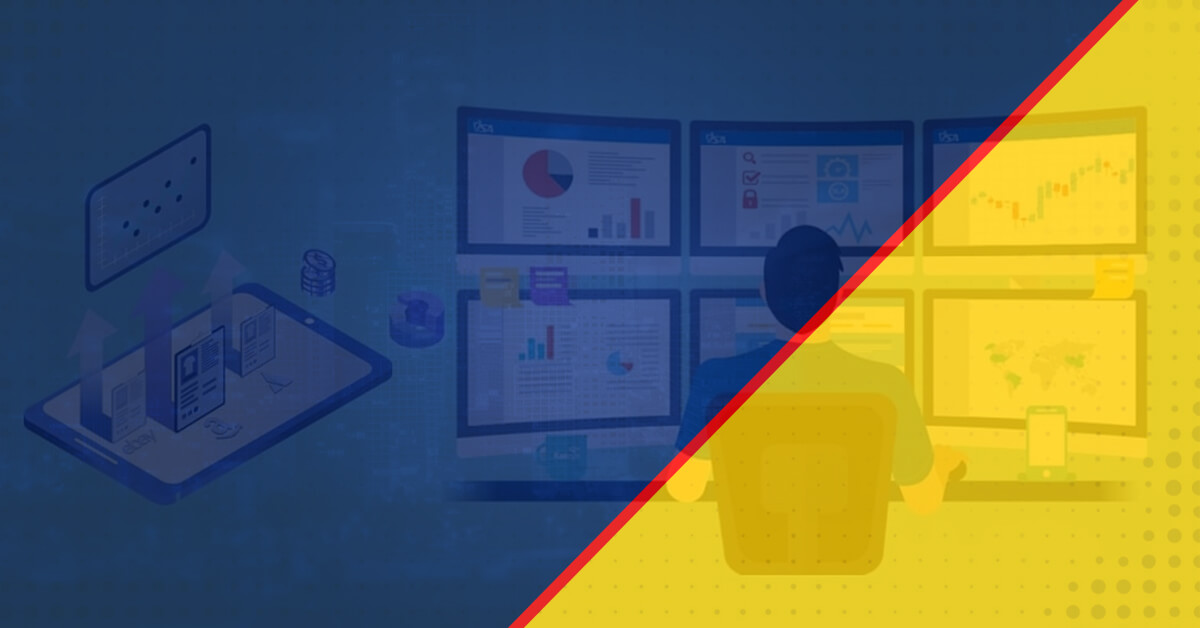
What is meant by Competitive Price Monitoring and Multiple Variants?
An efficient pricing strategy is necessary to help an enterprise maintain competitive pricing and to set and offer prices per the current competition and market trends. A business can choose from various pricing strategies based on several factors.
But what exactly is meant by Competitive Price Intelligence? What are its benefits, and what challenges do the pricing systems face? What are multiple variants in the marketplace?
To know all this, let's dive deeper:-
Competitive pricing tracks fluctuations in the competitor's prices in the marketplace. It aids in optimizing the cost strategy. The changes get monitored daily to get insights about other's products and their prices.
In other words, it is a cost methodology in which an e-commerce store defines its prices depending on the current market situation and per various conditions or parameters set by the same enterprise.
Variants are the choices available while purchasing a product. They include generic attributes like color, size, material, quantity, Amp, Wattage, Voltage, etc. Sellers must get acquainted with variants that affect the market cost and make competitive reports to achieve better pricing insights into the competitor and market behavior.
Variants typically have an ever-changing relationship with product prices, which means that the product prices can vary per variant – size, color, feature, functionality, components, material, pattern amongst others.
Benefits of Competitive Price Monitoring for Businesses

The benefits of competitive pricing are numerous. Mentioned below are some of them:-
Assists in Staying Competitive
One thing that aids customers' decisions is the price of the product or service. As such, the end-users explore suitable deals by searching for discounts and coupons on various websites. Here, the market optimizes the cost per customer's demand for the goods and other factors.
In such cases, price tracking software helps the brands stay competitive by monitoring prices. This help generates better income by maximizing profits and sales.
Help Track Price Fluctuations
Special offers, deals, and discounts attract customers. Big brands and enterprises, thus, keep on fluctuating their costs now and then. Although it is possible to know about the current variations, scanning various websites to know the same is overwhelming and tiresome.
Here, web scraping done through price monitoring tools makes data scraping easier. The information gets scraped by software from varied websites, warning users about price variations, thus helping brands make informed decisions at the behest.
Give Insight into Stock Availability
The price-tracking software sends an alert when the stock of a particular product goes down. It helps the enterprise understand and know which products need urgent and quicker replenishment over others. In other words, it helps the business keep up with the ongoing demand.
Help Increase Revenue
The data extracted from the websites offer market and industry insights that give a competitive edge. Based on the information scraped, the brands can form decisions and make creative strategies to compete with others. The tools even help check changes in customer preferences, enabling the company to stock the required goods.
By making apt moves and decisions, one can outplay others and increase revenue in the long run.
Challenges of Price Monitoring with Multiple Variants

Developing strategic pricing is necessary to get going in the market. However, to stay abreast of competition, age-old competitive pricing challenges must get addressed.
As such, following are the difficulties faced during competitive cost tracking:-
1. High Errors and Low Completion Rate
Data capturing is intrinsically an error-prone and labor-intensive step. The tools used for tracking tend to match incorrect items and witness numerous issues. Since quality checking happens at the back end of the monitoring process, wrong matches can skim through the system.
2. Presence of a Static List
Companies usually rely on Key Value Items (KVIs) to carry out their competitive programs and to make strategies. However, these lists are static and do not involve differences across competitors and their varied locations. It is thus an inefficient method as looking for some products that are not part of a particular shop assortment leads to a hike in the price of the good.
3. Absence of Omni-channel Approach
Today traditional retailers are getting more involved in online advertising and e-commerce. However, their approach has remained a manual step that requires labor resources. As such, by automating their work style, they can focus more on unique assortments that can help create a comprehensive cost map.
4. Wrong Decisions and Incentives
An internal challenge faced by companies comes from their HR and organizational design. Intrinsically, people get motivated based on their incentives or rewards. However, pricing departments or merchants involve different measurements of success. As such, with HR's support followed by progressive merchants, the various departments should get aligned and brought together to boost productivity.
Features of a Price Monitoring System

Before choosing a price tracking system, look for the following features in them:-
1. Regular Price Monitoring
An essential feature of a tracking tool is that it frequently monitors the price fluctuations in the market. Depending upon the nature of business, one can keep track of such changes weekly or even daily if required. Therefore, the software must do multiple checks in a day or as and when needed.
2. Apt Product Matching
The tracking system must conduct accurate product matching. Offering both manual and automated matching is what you must look for before selecting the tool.
3. Assists in Product Development
The competition in the market involves developing unique products to capture and revolutionize a niche industry. With competitive analysis options, enterprises can know about their rivals effectively. One can also know the products being worked upon or developed and other intricacies. With an understanding of where the competition stands presently, the products and services can get improved. It can therefore help in getting an edge over the competitors.
4. Offering Regular Updates
Apart from monitoring competitors' prices, frequent updates about price changes are a must to thrive in the market. Therefore, the tracking tool must inform the user about the fluctuations timely.
5. Helping in Repricing
Only monitoring the price fluctuations is not enough, but acting upon the same is needed too. As such, the tracking software must help the user in repricing and making a new cost strategy.
6. Maintaining Privacy
Protecting clients' information is an essential element of any pricing tool. Therefore, the software should stay discreet about personal information and respect privacy at all costs.
Final Thoughts
Pricing is an essential component while creating marketing strategies. The cost of a product is one of the first things that a consumer notices and is a decisive factor in buying a good.
With the rise in e-Commerce platforms, competition in the market has become real-time and more aggressive. As such, businesses must keep in view their rival's pricing strategy. It will help them get a competitive edge in the market arena.
In all this, price monitoring with the help of web scraping helps businesses by reading the fluctuations and informing the end-users. It thus aid enterprises in staying ahead of the competition.








Leave a Reply
Your email address will not be published. Required fields are marked